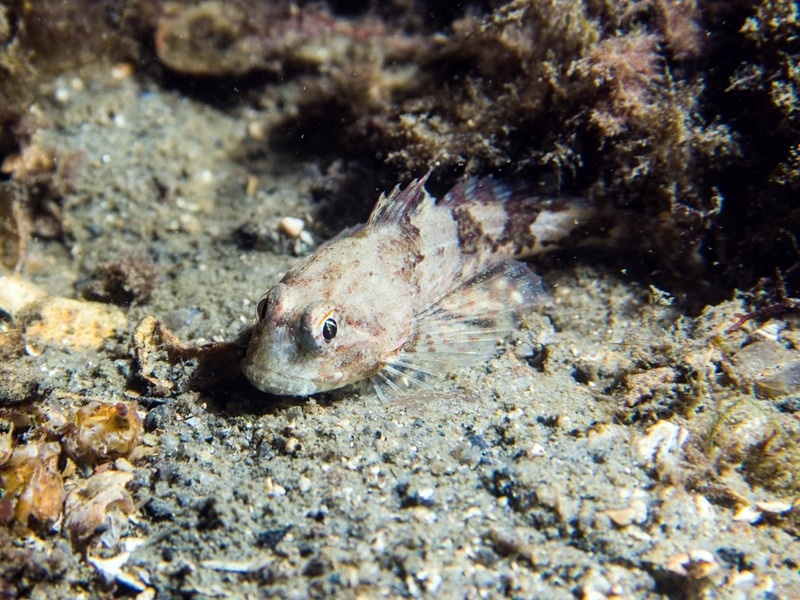Reviewed by Danielle Ellis, B.Sc.Sep 20 2024
From where do novel genes originate? In a recent study, a group of University of Arkansas researchers studying biological sciences set out to address that topic.
 Sculpin. Image Credit: Eric Heupel
Sculpin. Image Credit: Eric Heupel
They achieved this by looking at the evolution of fish antifreeze proteins, a crucial trait that lets fish live in frigid climates by blocking the production of ice by binding their antifreeze proteins to ice crystals.
The group looked into these proteins in three different fish lineages and found some unexpected findings. Despite sharing structural and functional similarities, the proteins in each lineage evolved separately from various genetic sources.
Convergent evolution is the term used to describe this unusual instance of protein sequence convergence. It illustrates how completely distinct evolutionary pathways can result in the production of essentially similar protein sequences and the same adaptive properties.
The study offers specific instances of several evolutionary pathways that can result in the emergence of novel genes. Results point to the possibility of creating new genes by combining completely novel coding regions (the DNA segments that code for proteins) with pieces of ancestral genes.
This novel idea closes the gap between the more conventional approach, which postulates that duplicate genes can give rise to new functionalities and completely new gene development from noncoding areas.
The research was released in the journal Molecular Biology and Evolution. Nathan Rives, Vinita Lamba, C-H Christina Cheng, and Xuan Zhuang were Co-Authors. Xuan Zhuang, an Assistant Professor of Biological Sciences at the University of Arizona, is the head of the Zhuang Lab, where Co-First authors Rives and Lamba are Ph.D. candidates.
Zhuang directed the work. Cheng teaches at the University of Illinois Urbana Champaign's School of Integrative Biology.
The group's findings also present a novel model, duplication-degeneration-divergence, that improves knowledge of the mechanisms underlying the emergence of additional genes. This concept describes how degraded pseudogenes, or formerly functioning genes that have lost their original function, can give rise to new gene functions.
This model also demonstrates how genes that seem to be “junk” or nonfunctional can evolve into completely new forms. This idea has important ramifications for the comprehension of adaptation to harsh environmental stressors.
This work offers new insights on functional innovation, or gene recycling and adaptation, and marks a substantial advancement in knowledge of how new genes arise and evolve within the context of molecular evolution.
Source:
Journal reference:
Rives, N., et al.(2024) Diverse origins of near-identical antifreeze proteins in unrelated fish lineages provide insights into evolutionary mechanisms of new gene birth and protein sequence convergence. Molecular Biology and Evolution. doi.org/10.1093/molbev/msae182.